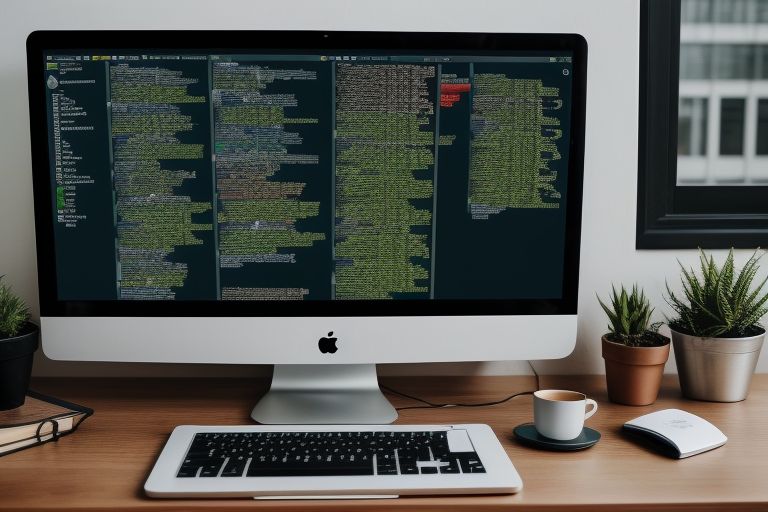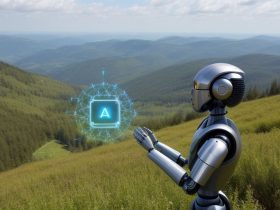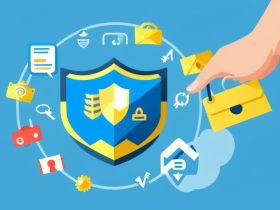Why the Choice of Programming Language Matters
Choosing the right programming language can significantly impact your project’s success, development speed, and scalability. With emerging technologies like artificial intelligence, machine learning, and blockchain reshaping industries, the need for specialized languages has never been greater. Whether you’re building web applications, mobile apps, or complex data systems, the right language can make all the difference.
Top Programming Languages to Watch in 2025
Here’s a detailed look at the top programming languages expected to dominate in 2025, along with their unique features, use cases, and industry relevance.
1. Python
Python continues to reign as one of the most versatile and beginner-friendly programming languages. Its simplicity, readability, and extensive libraries make it a favorite for web development, data analysis, and AI. By 2025, Python is expected to maintain its stronghold in machine learning and data science, with frameworks like TensorFlow and PyTorch driving innovation.
Key Features:
- Easy-to-learn syntax
- Extensive third-party libraries
- Strong community support
- Compatibility with AI and machine learning
2. JavaScript
JavaScript remains the cornerstone of web development, powering dynamic and interactive websites. With the rise of frameworks like React, Angular, and Vue.js, JavaScript is evolving to meet the demands of modern web applications. In 2025, its role in full-stack development and real-time applications will continue to grow.
Key Features:
- Cross-platform compatibility
- Rich ecosystem of frameworks
- Support for both front-end and back-end development
- Real-time application capabilities
3. Rust
Rust is gaining traction as a powerful systems programming language known for its performance and safety. Its memory management features make it an excellent choice for developing secure and efficient applications. By 2025, Rust is expected to play a significant role in areas like embedded systems, game development, and blockchain technology.
Key Features:
- Memory safety without garbage collection
- High performance and concurrency
- Growing adoption in system-level programming
- Active and supportive developer community
4. Go (Golang)
Developed by Google, Go is celebrated for its simplicity and efficiency in handling large-scale systems. Its concurrency model makes it ideal for cloud-native applications and microservices. In 2025, Go’s role in DevOps and cloud computing is expected to expand significantly.
Key Features:
- Fast compilation and execution
- Built-in support for concurrency
- Scalability for large applications
- Wide adoption in cloud services
5. Kotlin
Kotlin has emerged as a preferred language for Android app development, offering seamless interoperability with Java. Its concise syntax and modern features make it a strong contender for mobile and web development. By 2025, Kotlin is expected to solidify its position in cross-platform app development.
Key Features:
- Interoperability with Java
- Concise and expressive syntax
- Support for Android and cross-platform development
- Growing adoption in enterprise applications
Emerging Trends in Programming Languages
As technology advances, new trends are shaping the programming landscape. Here are some key developments to watch in 2025:
Artificial Intelligence and Machine Learning
Languages like Python and R are set to dominate AI and machine learning, driven by their robust libraries and frameworks. As AI continues to transform industries, these languages will remain essential for developing intelligent systems.
Blockchain Development
Blockchain technology is driving demand for secure and efficient languages like Rust and Solidity. These languages are crucial for building decentralized applications and smart contracts.
WebAssembly (Wasm)
WebAssembly is revolutionizing web development by enabling high-performance applications in browsers. Rust and C++ are key players in this space, offering the speed and efficiency needed for complex web applications.
How to Choose the Right Programming Language
Selecting the best programming language depends on your project requirements, career goals, and industry trends. Here are some tips to help you decide:
- Define Your Project Goals: Identify the purpose of your project, whether it’s web development, AI, or mobile apps.
- Consider Industry Trends: Research the languages most in demand for your target industry.
- Evaluate Learning Curve: Choose a language that aligns with your skill level and learning preferences.
- Community and Support: Opt for languages with strong communities and available resources.
Conclusion
As we approach 2025, the programming landscape is set to evolve with emerging technologies and shifting industry demands. Python, JavaScript, Rust, Go, and Kotlin are among the top programming languages poised to lead this transformation. By staying informed and adaptable, developers can harness the power of these languages to build innovative solutions and advance their careers. The key takeaway? Invest time in mastering these languages today to stay ahead in the fast-paced world of technology.
“`












Leave a Reply